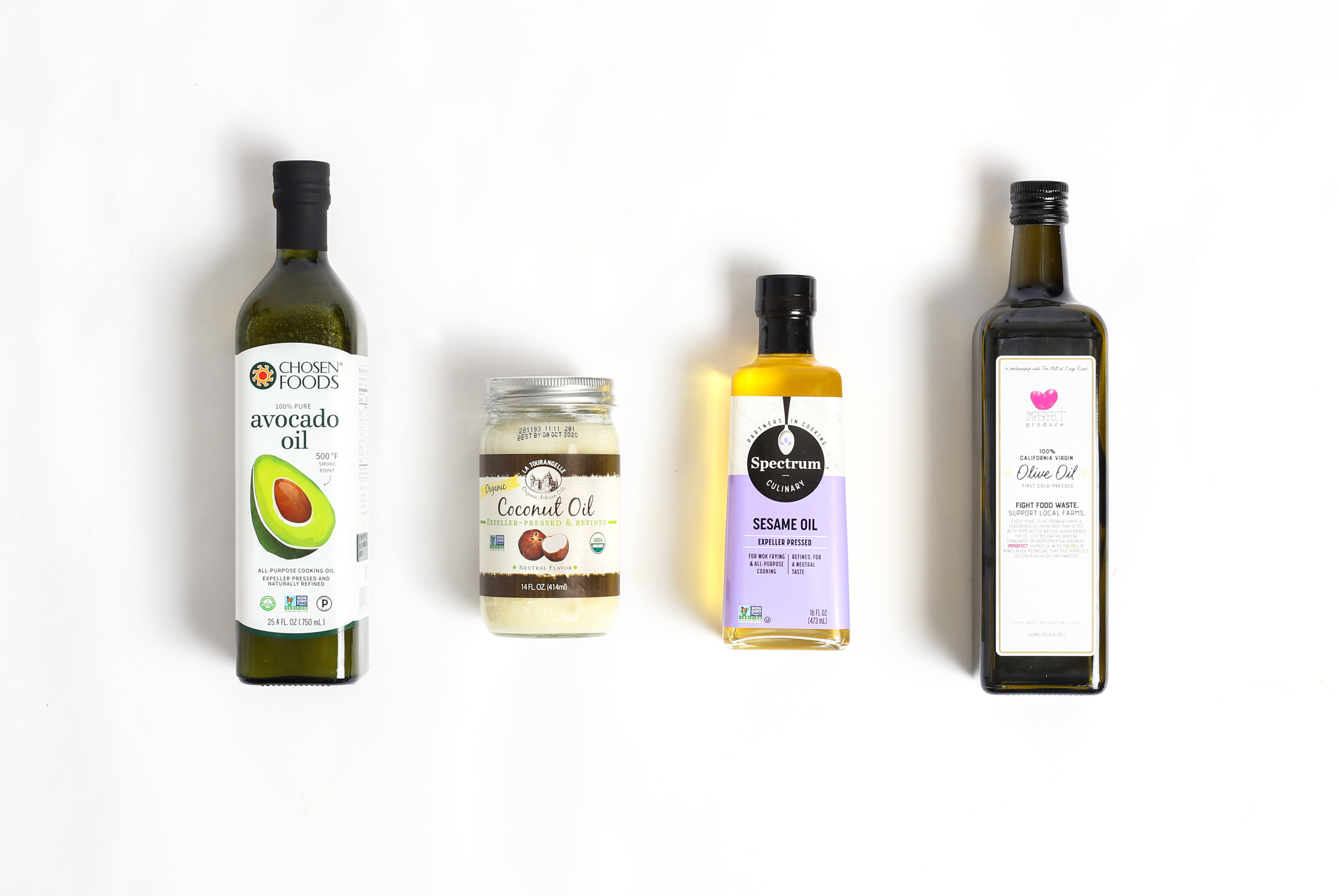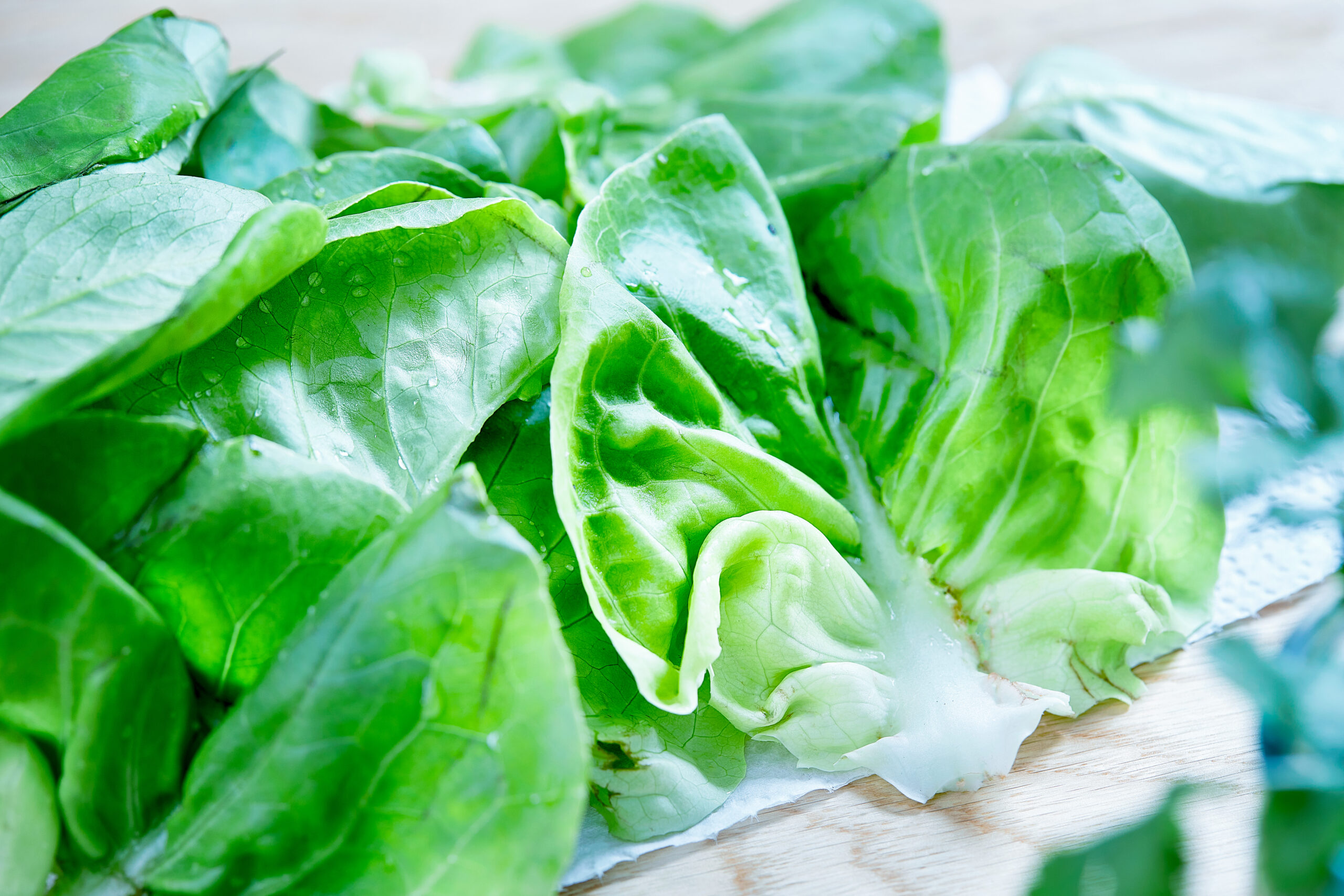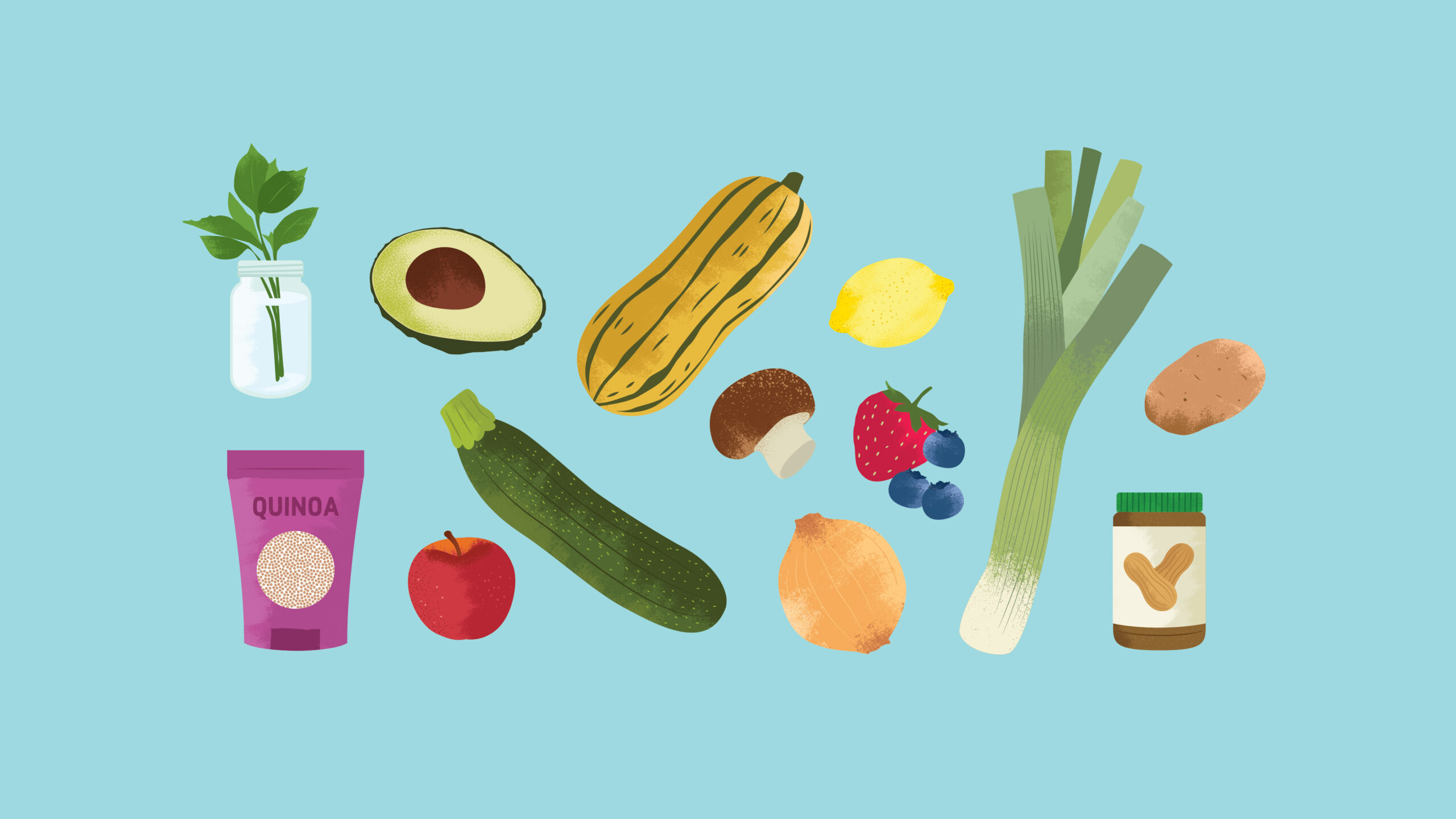From sesame to safflower there are tons of cooking oils on the market and even more cooking oil jargon to get to know. For instance, what exactly is a smoke point? To help you cook more often and cook better this year, we’re sharing everything you need to know about cooking oils.
Let’s start with the basics
Just what exactly is the “smoke point?”
When picking an oil to use in a recipe, one of the most important things to consider is how much heat the oil can absorb before it starts to smoke and taste bitter, the oil’s smoke point. Smoke point is the reason why extra virgin olive oil is a great choice for salad dressing but a less-than-ideal choice for sautéing your veggies.
What’s the difference between raw and refined oil?
In its purest form, oil is extracted by crushing or pressing from a seed, nut, or fruit. If bottled immediately thereafter, the product is a raw and unrefined oil that will retain is natural flavor and aromatic qualities. These oils are great for adding flavor to a dish and often boast healthful compounds like antioxidants, but those same compounds are more likely to be reactive with high heats and light, making it go rancid faster. Refined oils are less flavorful and complex, but yield a more shelf-stable, neutral-flavored product with a higher smoke point.
What does “all-purpose cooking oil” mean?
This is code for a flavor-neutral oil that can stand up to relatively high temperatures (smoke point, again!).
Now let’s explore some of the more common cooking oils out there
Olive oil
Olive oil is one of the most commonly used cooking oils in the US, but there’s actually a big difference between extra virgin olive oil and refined olive oils, usually called “pure,” “light,” or just plain “olive oil.” Flavor-packed extra virgin olive oil is great for finishing (think dressings) but a surprisingly poor choice for high heat cooking as it has a relatively low smoke point of just 320 F. Other types of olive oil are more versatile (and more “all-purpose”), as removing certain compounds from EVOO stabilizes it to higher temps, as well as lends it a more neutral flavor.
Vegetable oil
Vegetable oil can refer to oil extracted from a wide range of vegetable products like soybeans, corn, and canola, often blended together. Shelf-stable, neutral flavored, and with a high smoke point (400-450 F), vegetable oils are the quintessential “all-purpose” oil and work well for applications where you want the oil to impart a neutral flavor, like baking.
Avocado Oil
A versatile kitchen workhorse, avocado oil is mildly flavored, long-lasting, and has a smoke point of about 520 F, making it great for high-temperature settings in your kitchen like roasting and stir fries. While it can be pricey compared to other oils, its high smoke point, neutral flavor, and heart-healthy fats make it one of our favorite oils to have around.
Coconut Oil
Coconut oil, if unfiltered, can be a super flavorful, heart-healthy, oil. If filtered, it becomes a much more neutral oil that can stand up to moderate heat (smoke point is about 350 F). It’s solid to an unusually high temperature (up to 76 F) so it’s not optimal for finishing, but can be a feasible alternative to butter in some baked goods.
Sesame Oil
Nutty, aromatic, and instantly recognizable, sesame oil is one of our favorite oils to use in Asian stir-fries, marinades, and fried rice dishes. It’s got a high smoke point (410 F) so it can handle the heat of your wok or skillet with no issues. Since it’s got a very strong flavor and can be expensive, we recommend mixing it with other oils for your sautéing needs. If you’re adding it to a dressing or marinade, remember that a little goes a long way. Taste, and then add more if you like.










[…] Choosing the right oil when you’re cooking can be a struggle, full of jargon like “smoke point” and confusing terms (what’s the difference between “virgin” and “extra virgin” anyway?). We’re here to demystify four of our favorite cooking oils. […]